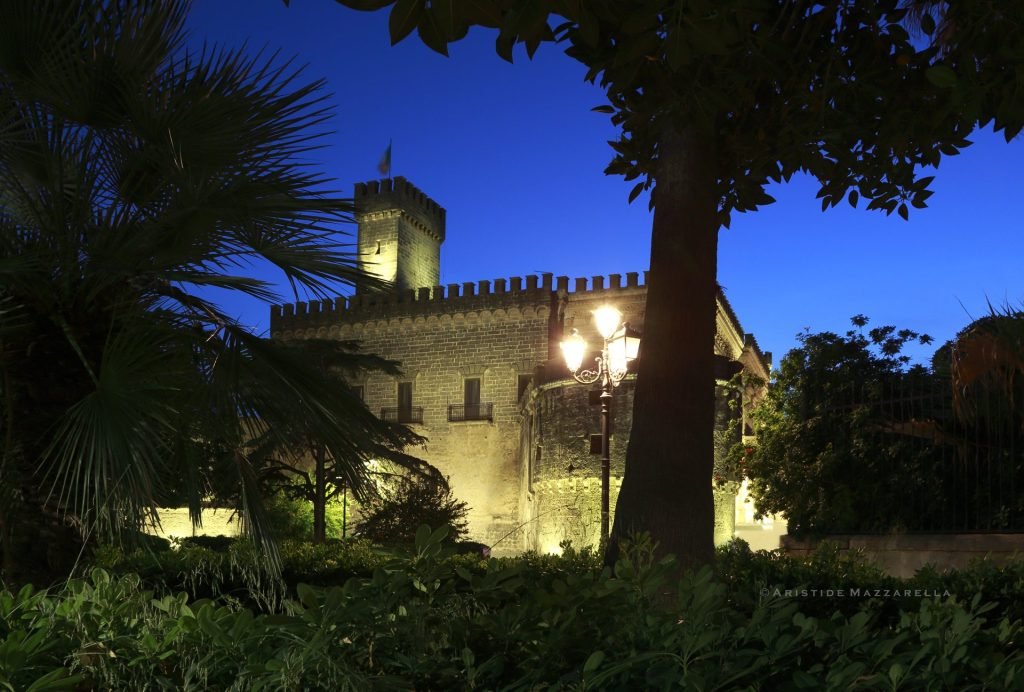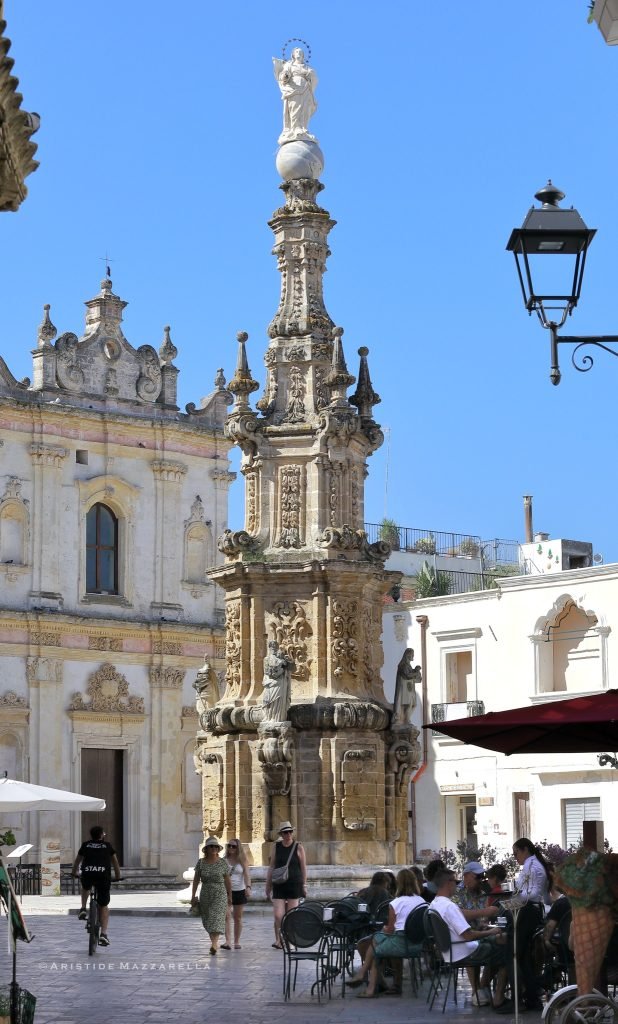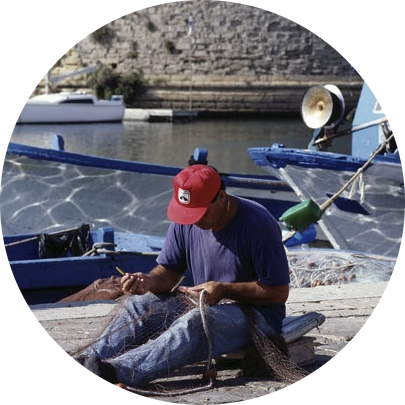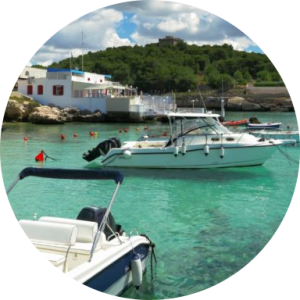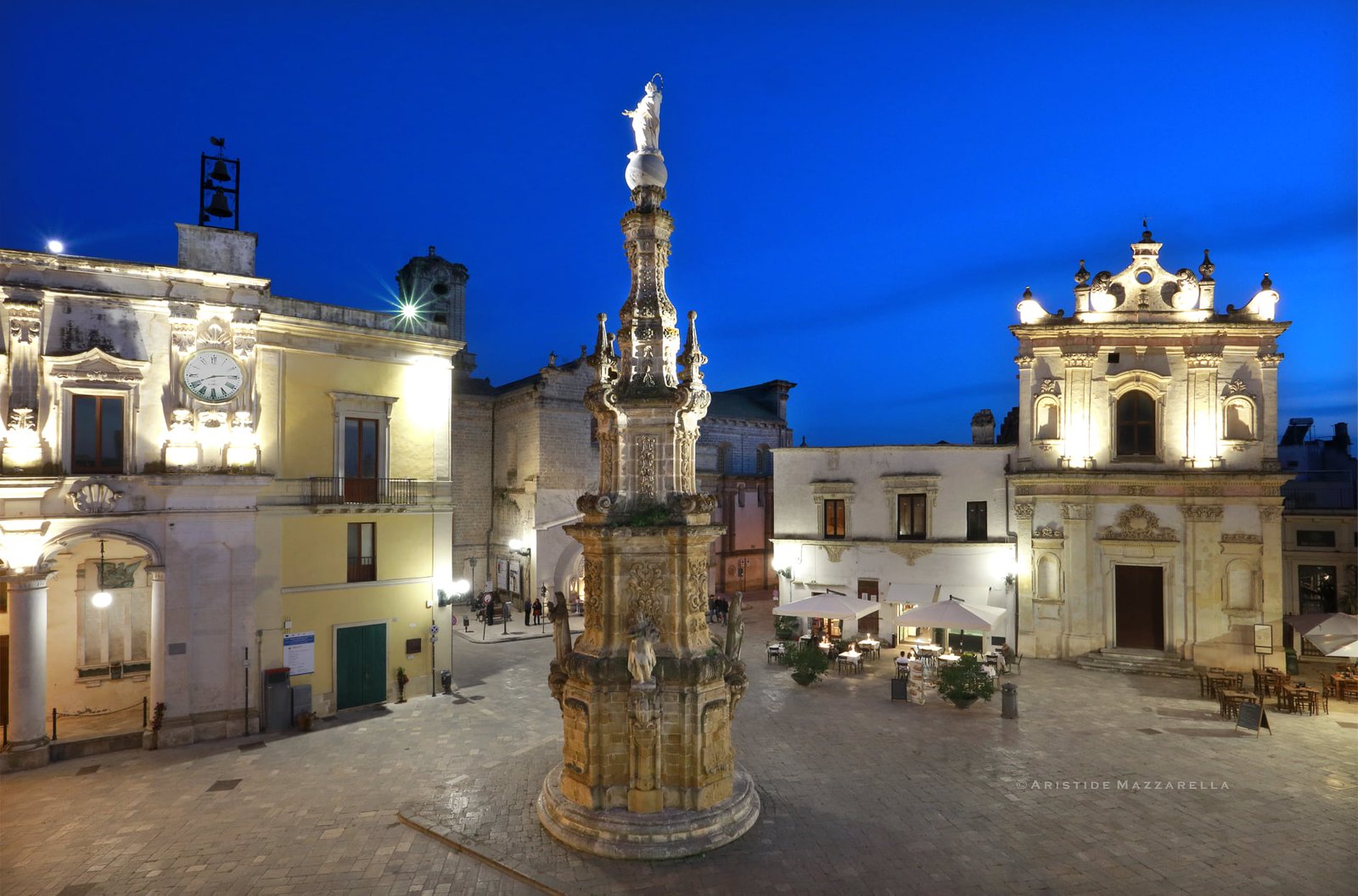
The Salento region is often described as “a magical land suspended in the Mediterranean,” where time has carved ancient caves once inhabited by early humans. Over the centuries, these people built palaces, towers, castles, churches, and cathedrals, crafting the local Lecce stone and carparo from calcarenite—a material formed from layers of shell fragments, clay, and sand. These precious materials give the city of Lecce its unique and unmatched radiance, where one can admire the Castle of Charles V, the Basilica of Santa Croce, the Cathedral, and Piazza Sant’Oronzo with its Roman amphitheater. However, Salento also boasts other wonders such as Gallipoli, Otranto, and Galatina, where visitors can marvel at the Gothic Basilica of Santa Caterina, adorned with numerous frescoes and the impressive Orsini del Balzo funerary monument.
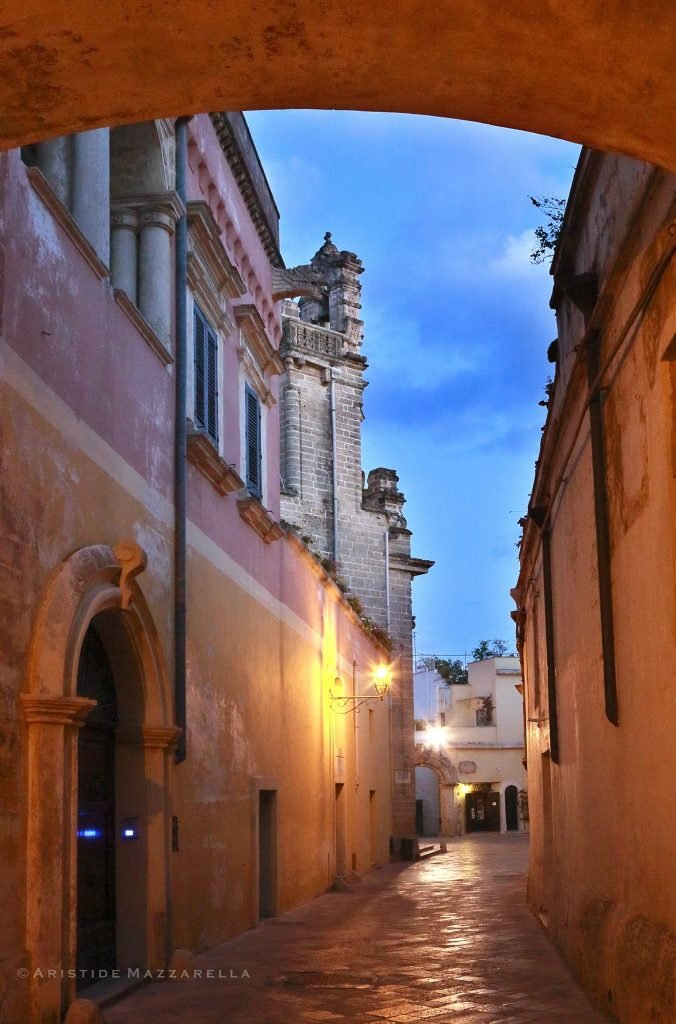
Then there is Nardò, with its castle featuring the “Lover’s Tower” and underground passages that speak of the daily life of Nardò’s inhabitants under feudal rule. The municipal villa encloses a prestigious botanical garden, one of the oldest in Salento, featuring a small temple supported by six columns and a tiled floor. Wandering through the alleys of the historic center, one can gaze at the grand late 19th-century palaces, many of which now house hospitality establishments and bed and breakfasts, and observe churches such as Sant’Antonio’s. Behind its main altar stands a mausoleum erected in 1545 by Giovanna Gaetani in memory of her husband. Nardò is also renowned for the Church of San Domenico, whose façade is entirely made of carparo stone, richly adorned with symbols, statues, and columns imbued with mystical meanings. Exploring the many monasteries and pausing at the cathedral dedicated to Santa Maria Assunta—originally a Basilian abbey—offers insight into architectural transformations over time, reflected in its arches and frescoes.
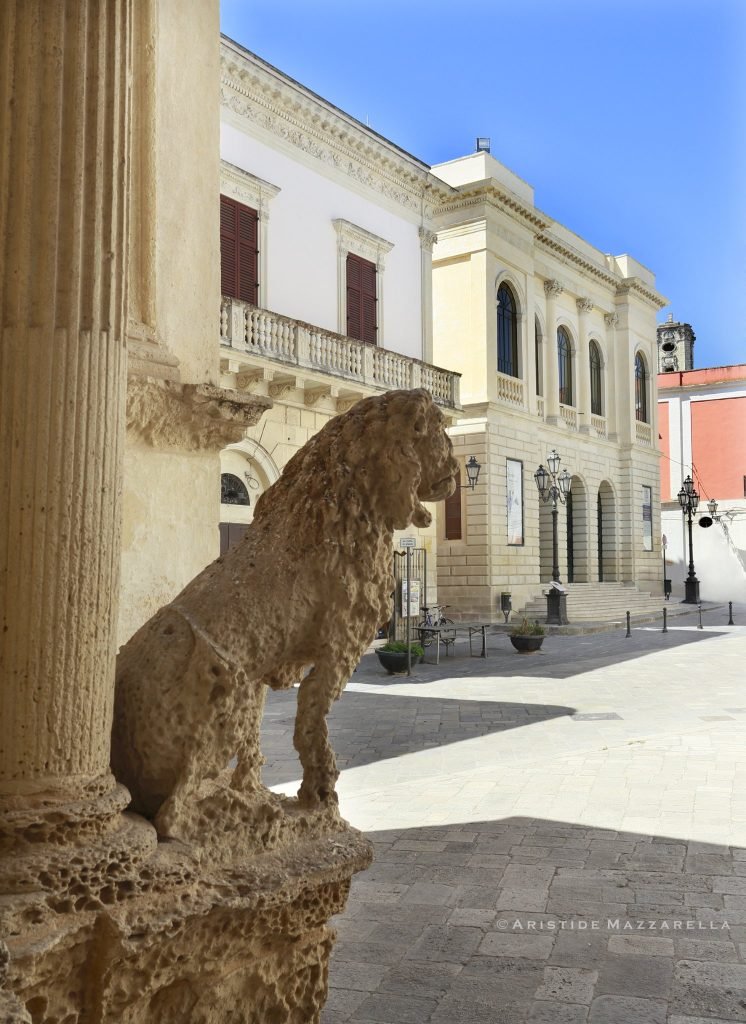
Perhaps Nardò’s beauty is best expressed in Piazza Salandra, where the Immacolata spire sculpted by Neapolitan Bottiglieri is illuminated by the morning sun. The seat with the statue of the city’s protector, Saint Gregory, at its center is steeped in legend—it is said that he stopped the violent earthquake of 1743 with his left hand, turning towards the Ponente wind. Visitors can also admire the “Universitas” Palace with its clock tower, whose mechanism is manually operated as it was in 1882, and the fountain built in 1930 with the arrival of the Apulian aqueduct. At its top is the city’s coat of arms, featuring a bull pawing the ground to find water.
Walking toward the Cenate area, one can admire the beautiful “eclectic villas” built in the late 19th and early 20th centuries, designed by architect Generoso De Maglie, along with the bishop’s residence. Concluding the visit along the numerous coastlines, one encounters many attractive bed and breakfasts. Nardò’s coastline stretches for 24 kilometers, punctuated by seven watchtowers spaced approximately 2 kilometers apart. These towers, accessible via scenic stairways, offer breathtaking views of the sun setting over the sea in rich hues of red and orange.
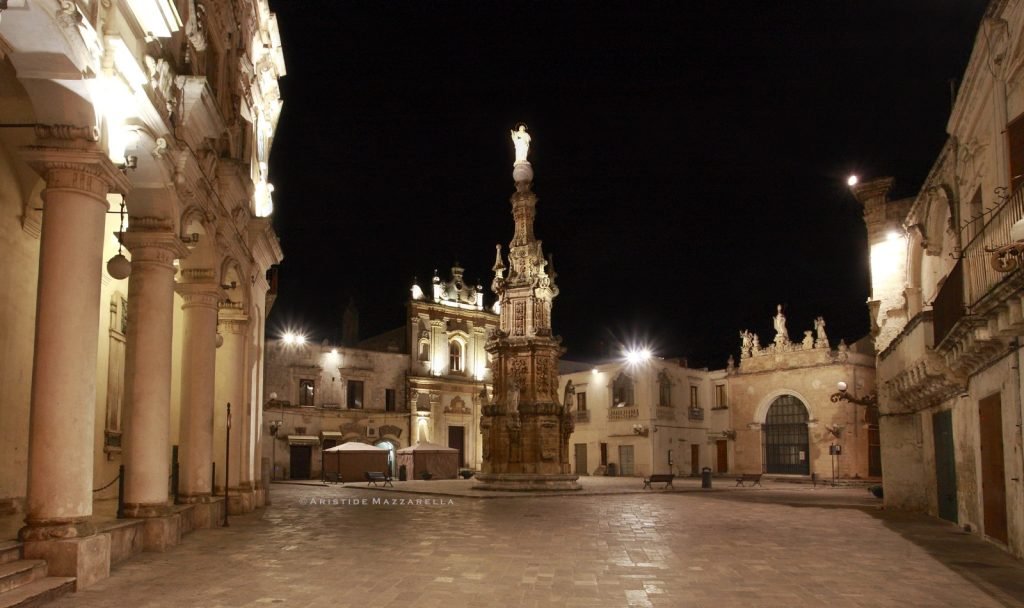
Commissioned by the King of Naples out of fear of Turkish naval attacks following the capture of Otranto, the towers are intertwined with unique legends. One such story surrounds the Torre Fiume, said to have been built to guard a fresh water spring that no longer exists. Located in Santa Maria al Bagno, it is now called Torre delle Quattro Colonne, as its central section collapsed in the late 1800s, leaving only four buttresses standing—a striking sight for visitors.
